…quantum of penalty proposed for one category of misrepresentation not within range of appropriate penalties – lesser penalty imposed
In Australian Competition and Consumer Commission v Uber B.V. [2022] FCA 1466 (7 December 2022), Uber admitted two categories of conduct which contravened s18 – misleading or deceptive conduct – and s29(1)(i) – misleading representations with respect to price – of the Australian Consumer Law (ACL).
The Federal Court declared that Uber contravened those provisions of the ACL as follows:
- Between 20 June 2018 to 31 August 2020, Uber displayed – on the Uber app and the Uber website – an estimated fare range for UberTaxi trips booked through the Uber platform, and thereby represented to consumers that the price they would pay – for a taxi booked through UberTaxi – would likely be in the displayed fare range (UberTaxi representation), when in fact the actual price paid by riders was likely to be less than the lower range of the fare estimate.
- Between 8 December 2017 to 20 September 2021, Uber displayed – on the Uber app and the Uber website – to consumers who booked an UberX, Uber Premier, Uber Comfort or UberPool ride and had subsequently selected the ‘cancel trip’ option during a period in which Uber’s terms and conditions or cancellation policies provided for a free cancellation, a message stating that they may be charged a small fee (cancellation representation), when in fact such consumers would not be charged a fee if they cancelled during the free cancellation period.
In relation to the UberTaxi representation, Uber overestimated the fare at the time of booking, and the consumer ultimately paid a lower fare. As to the cancellation representation, Uber did not in fact charge consumers a cancellation fee when it was not entitled to do so. Its contravention involved the communication of an incorrect statement that consumers may be charged a small fee when that was not the case.
While no penalty can be imposed for a contravention of s18 of the ACL, under s224 the court may impose a pecuniary penalty in respect of contraventions of s29 in such amount as it determines to be appropriate, subject to specified statutory maximums. The parties by agreement jointly proposed orders for the payment by Uber of total pecuniary penalties of $26m, comprised of $8m for the UberTaxi representation and $18m for the cancellation representation.
O’Bryan J was satisfied that the proposed penalty for the cancellation representation was within a range of penalties he considered to be appropriate (at [130]). However, O’Bryan J held that the proposed agreed penalty for the UberTaxi representations greatly exceeded any amount that could be considered to be appropriate, having regard to the mandatory statutory considerations in s224 of the ACL and all other relevant considerations (at [128]).
The court held an aggregate penalty of $3m to be appropriate for that course of conduct and, therefore, the aggregate penalty imposed was $21m (at [36] and [129]). As O’Bryan J said: “[t]his is an unusual case in which the Court has determined that the appropriate penalty to be imposed is less than the penalty jointly proposed by the parties (including the respondent)” (at [37]).
The court’s reasons address the importance of the mandatory considerations under s224(2) of the ACL and centrality of the nature and extent of harm that may be caused by the contravening conduct (at [13]-[21] and [85]).
O’Bryan J held that there was inadequate evidence adduced on the question of harm caused by the contravening conduct, and other matters to support the higher penalty supported by both the regulator and Uber, even after the court afforded the parties multiple opportunities (at [22]-[23], [32] and [86]-[96]).
Dan Star QC is a Senior Counsel at the Victorian Bar, ph 03 9225 8757 or email danstar@vicbar.com.au. The full version of these judgments can be found at austlii.edu.au. Numbers in square brackets refer to a paragraph number in the judgment.



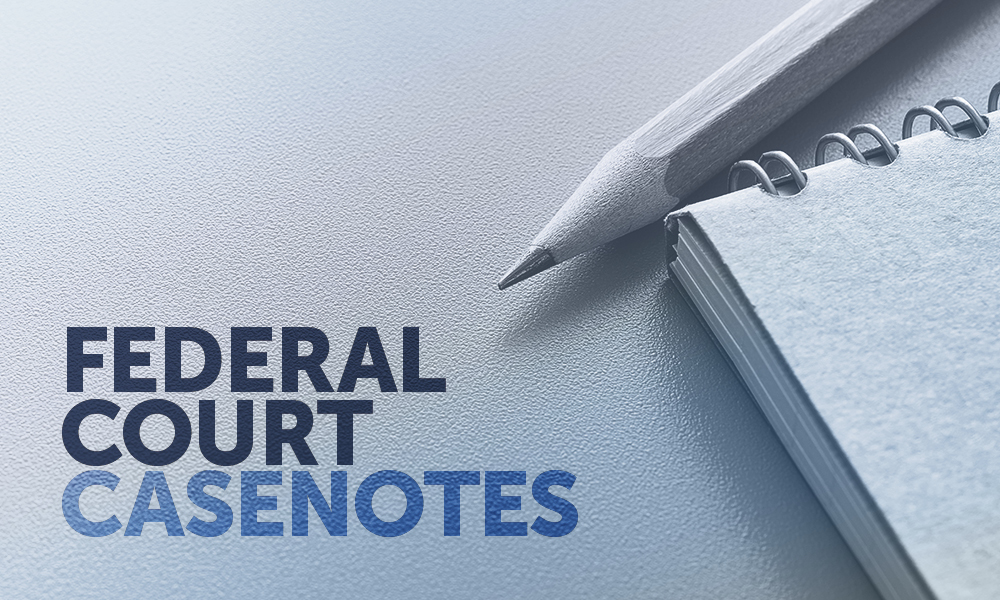



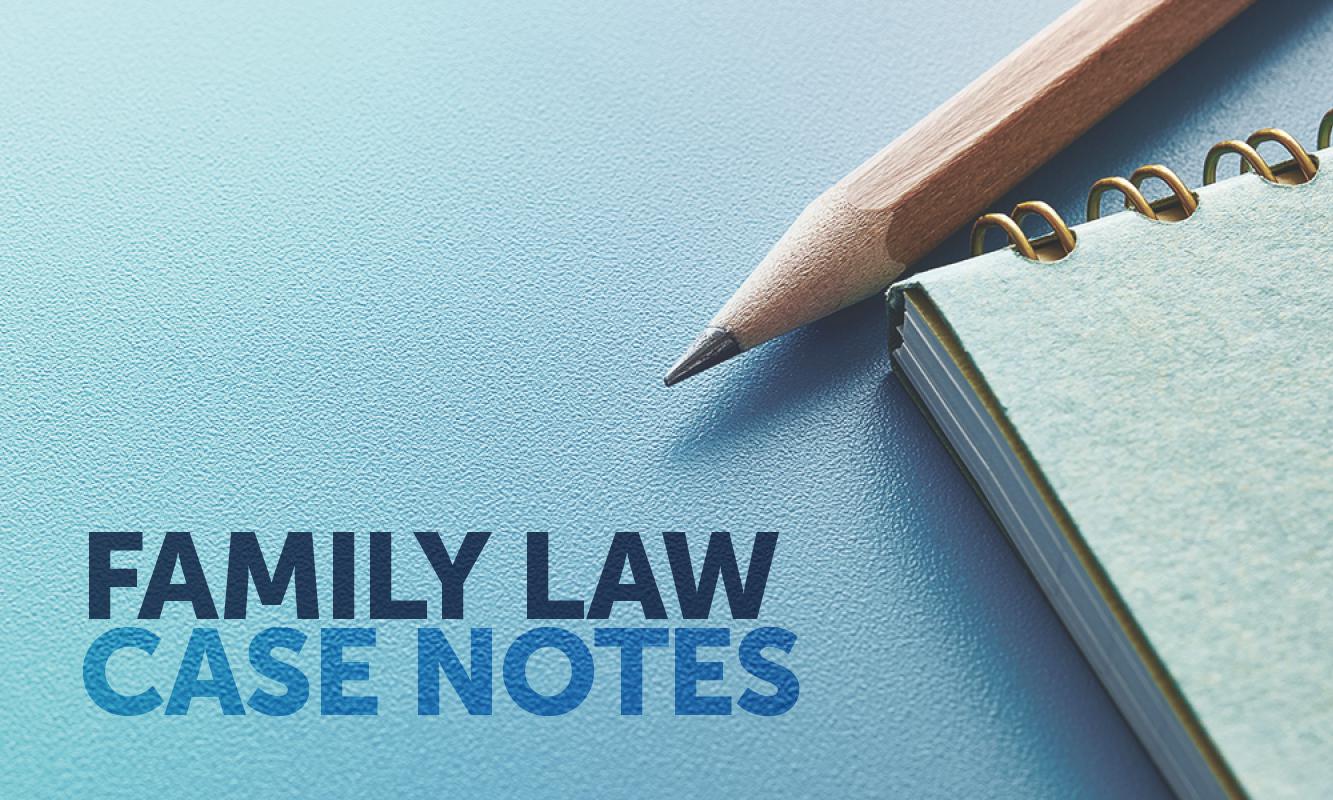
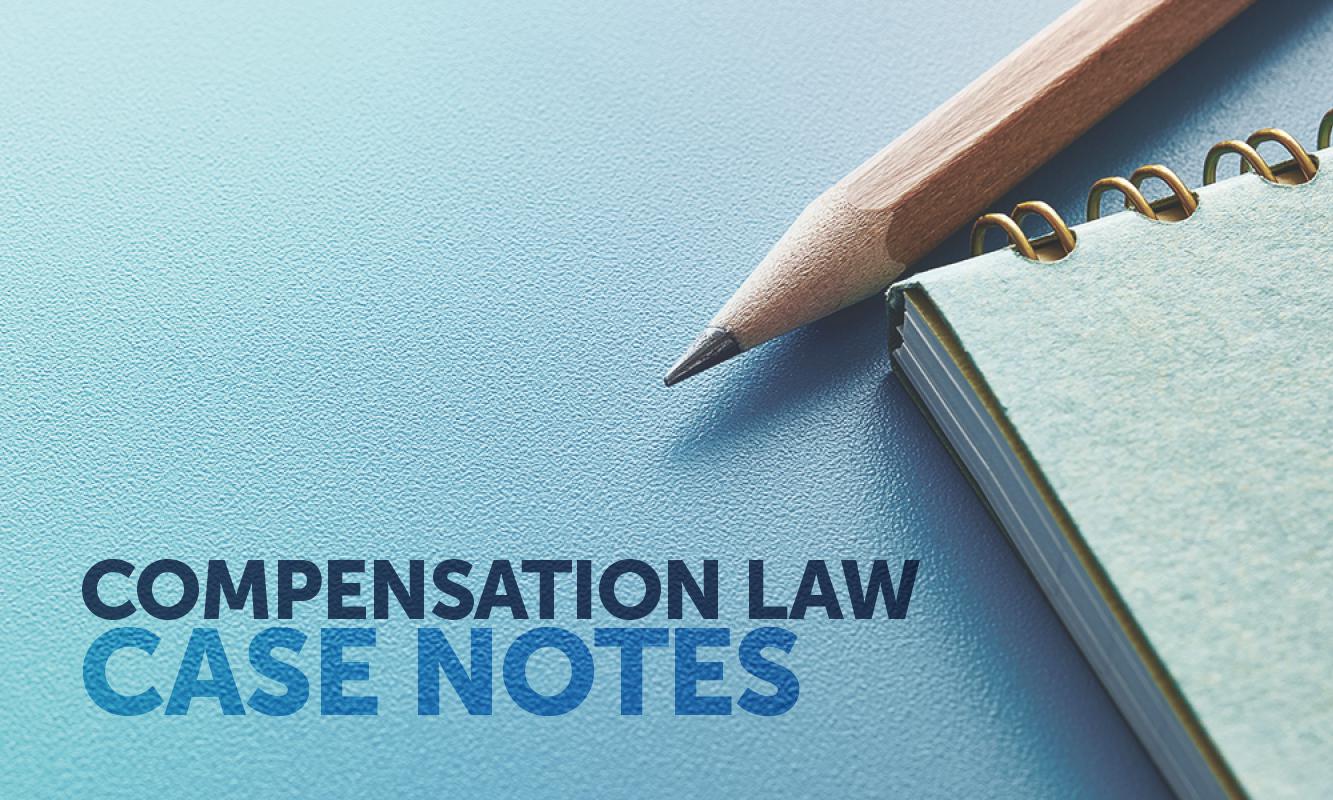
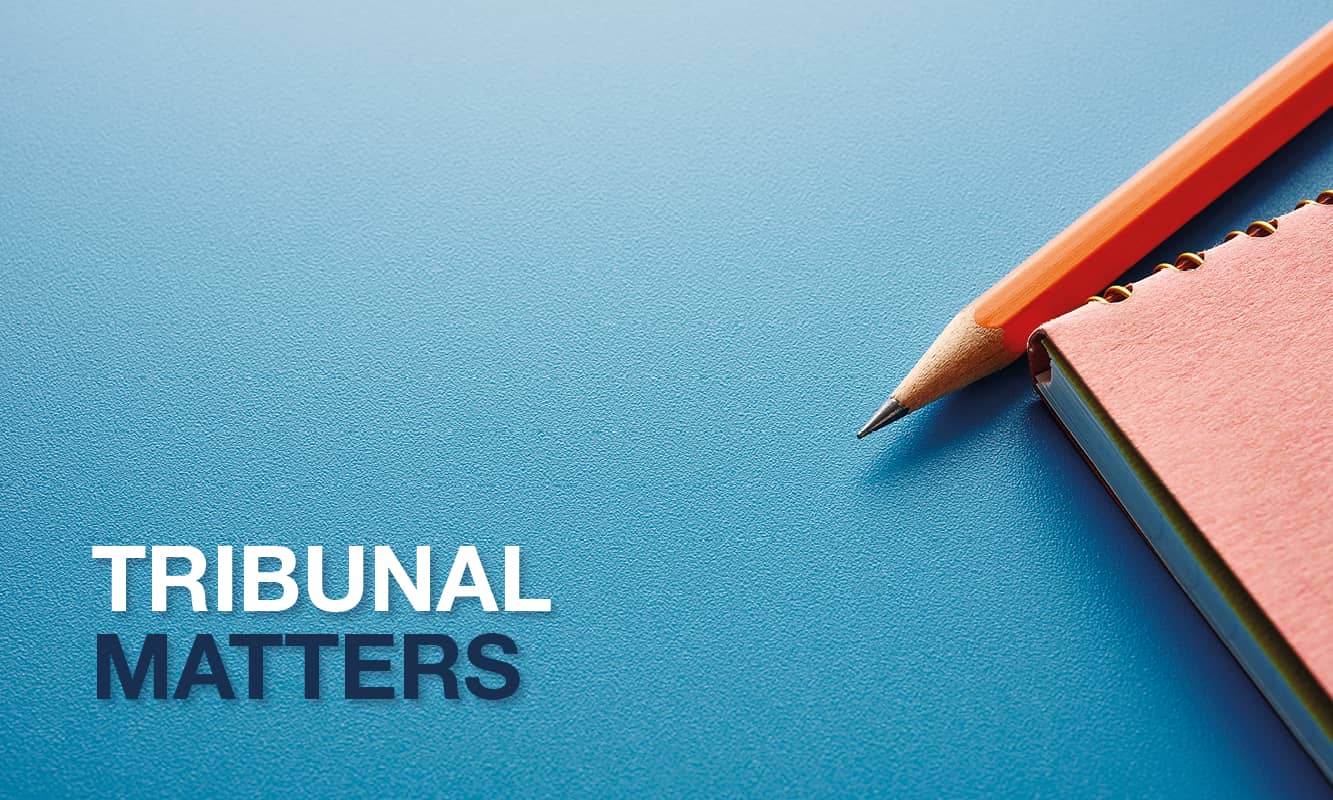
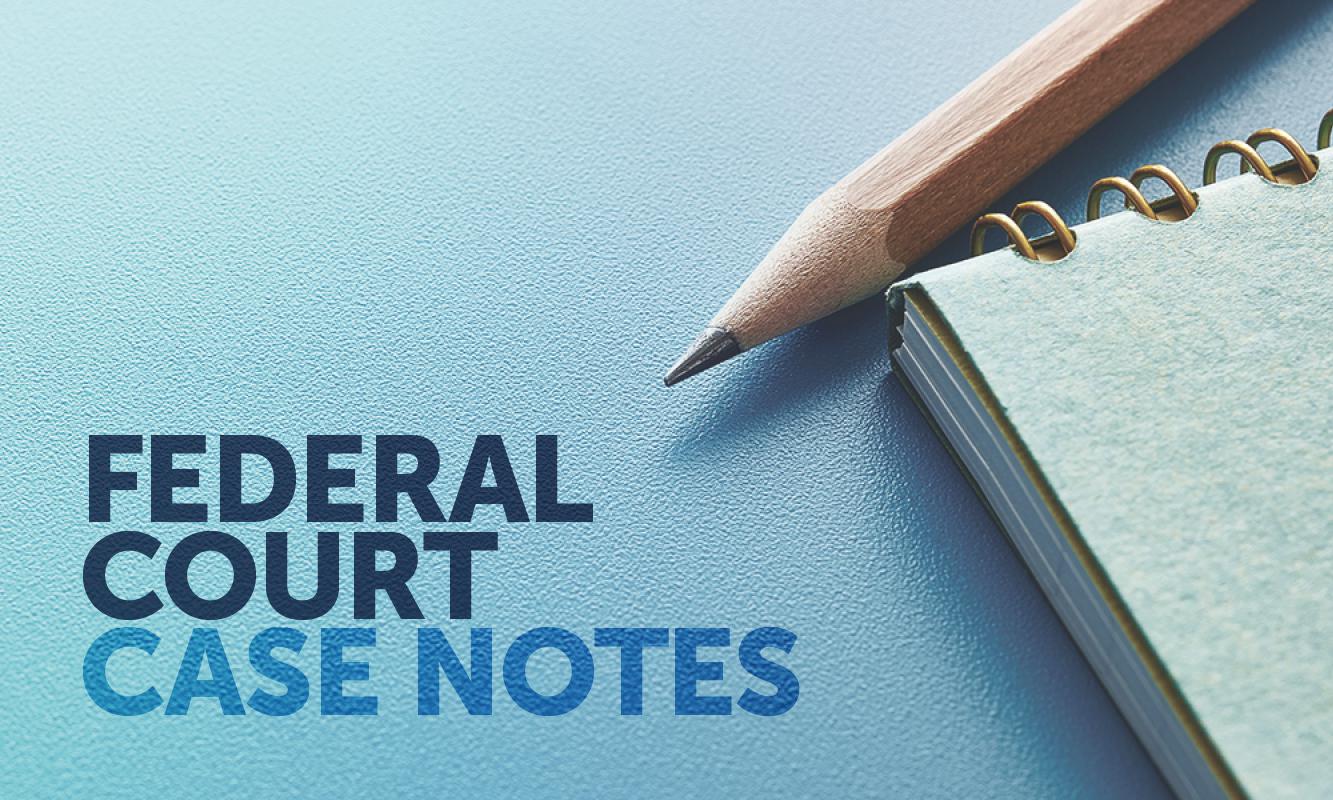
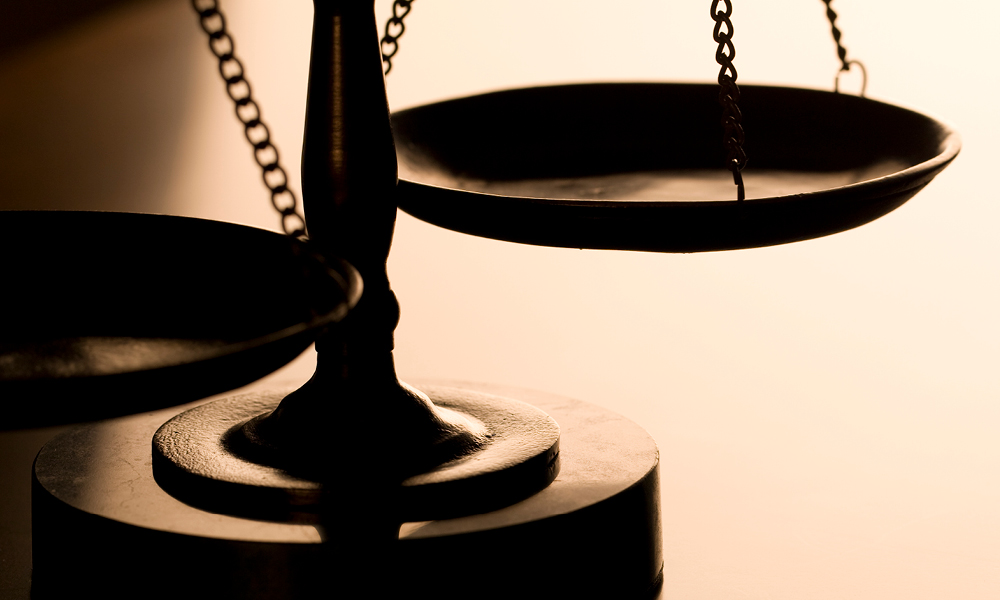

Share this article